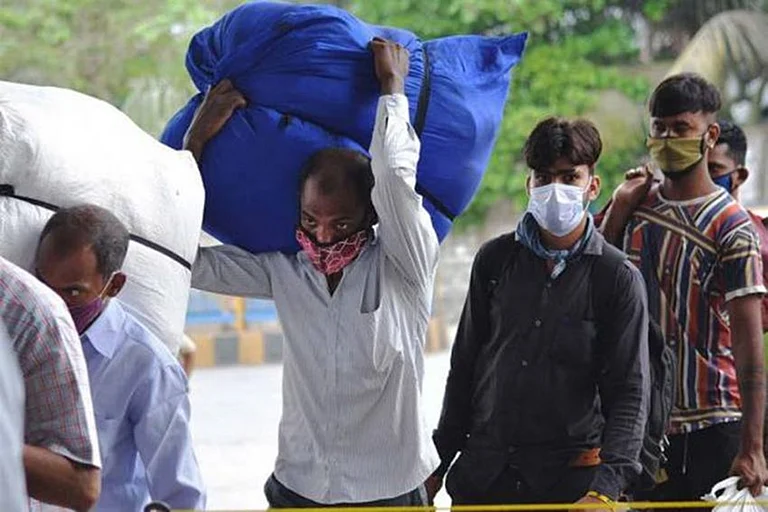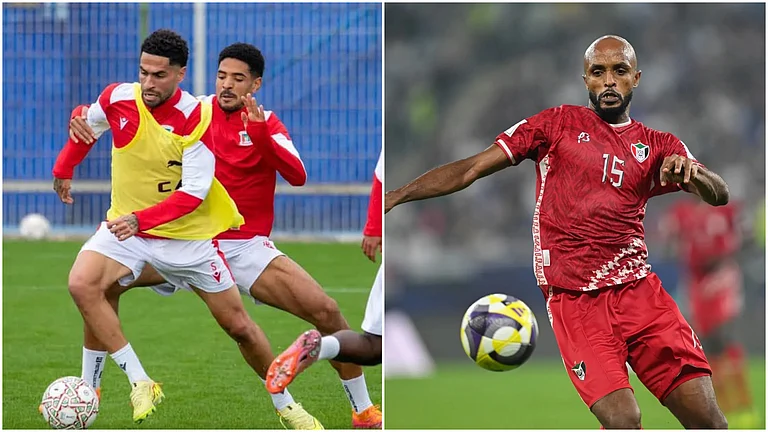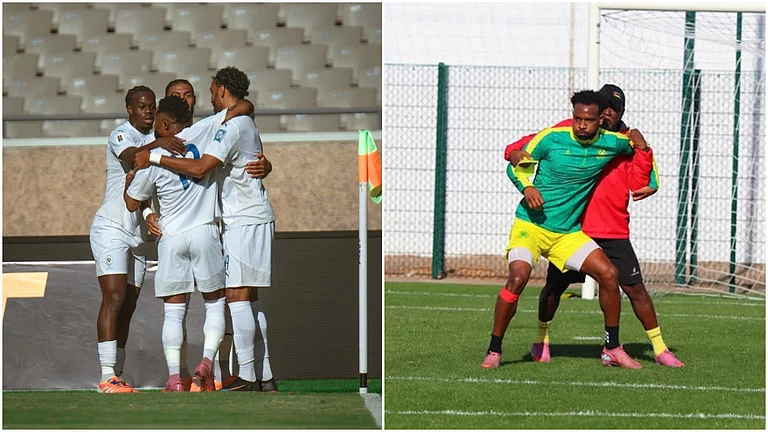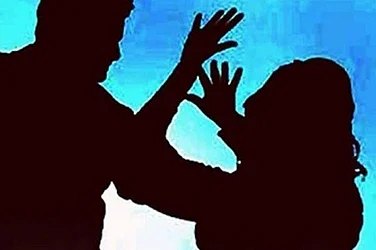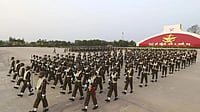NEVER has the Presidents job been so complicated as during the latest political stalemate arising from the fall of the Vajpayee government. The head of state now has to literally select the head of the government. That is not the way the Constitution deemed it, but then the framers of that statute had not reckoned that 50 years down the line there would be over 40 political parties with varying ideologies in the fray and an evenly split mandate.
Last week, amidst claim and counter-claim, President K.R. Narayanan found himself listening to the oddest political explanations: from Mayawati who said that she was undecided, to leaders from the RSP and Forward Bloc who claimed equidistance from the Congress and the BJP, to those parties who favoured invitations to Sonia and Vajpayee.
In this melee, the President stands alone, an unenviable job for someone who is an arch constitutionalist, aware that his position is likened to Caesars wife. Given Narayan-ans background, first as a bureaucrat and then elder Congress statesman given to progressive causes and a Fabian Socialist background, the BJP is apprehensive of what he would do. BJP politicians and columnists have been quick to put the pressure on the President, asking him to re-invite Vajpayee. So when Sonia Gandhi was given time after presenting him a list of 233 MPs backing her, hackles were raised. "First she said she had 272 MPs, she now says they have only 233. The President shouldnt have given her so much time," says a BJP minister, who claims Narayanan has tacitly allowed horse-trading.
But a communique issued from Rashtra-pati Bhavan said that he will not take a "hasty decision" and will "shortly" conclude his exploration of all possibilities of a new government. More significant, the communique said the President would consider past precedents as well as "new circumstances, some of which are altogether without earlier paradigms in India".
A top presidential aide told Outlook that while the 233 figure cannot pass muster, theres no fixed mark. "Much depends on how many more MPs the Congress can organise. The acceptable figure is a shifting one. It all depends on how many abstentions or neutrals there are." On the question of new circumstances, the aide said that the situation as it exists today is without any precedent, so the President is in consultation with legal and constitutional experts, apart from all political formations.
Did the President do Sonia a good turn? Says senior lawyer Prashant Bhushan: "I think the President is absolutely right in giving her more time. It is a difficult situation and all options have to be exhausted." Experts say the President has the discretion to invite any combination he likes, but "it would be appropriate if he invites a formation which has over 270 members".
This tricky situation is not entirely new for Narayanan. Twice before, he has faced difficult situations. When Sitaram Kesri withdrew support to the Gujral government in 1997, the President waited for seven days before he dissolved Parliament. In the case of Atal Behari Vajpayee, he explored possibilities for five days before inviting the BJP leader to form the government. But this time around, with both the BJP and the Congress staking claim, the President has been put under tremendous pressure, sources say.
People who are close to the President say a decision taken by him would be foolproof and solidly constitutional. "It does not matter who forms a government, the President is not going to take a decision that could lead to any public focus on his role in the crisis," says an aide. For instance, Narayanan has been looking at past precedentsincluding those given by George Fernandes about European parliamentsbut will take his own decision.
Experts are unanimous in their opinion that the President has his own mind, buttressed by legal opinion and the constitutional position. Some have even suggested more executive powers for the head of the nation. The time to test all that seems to have come now.







